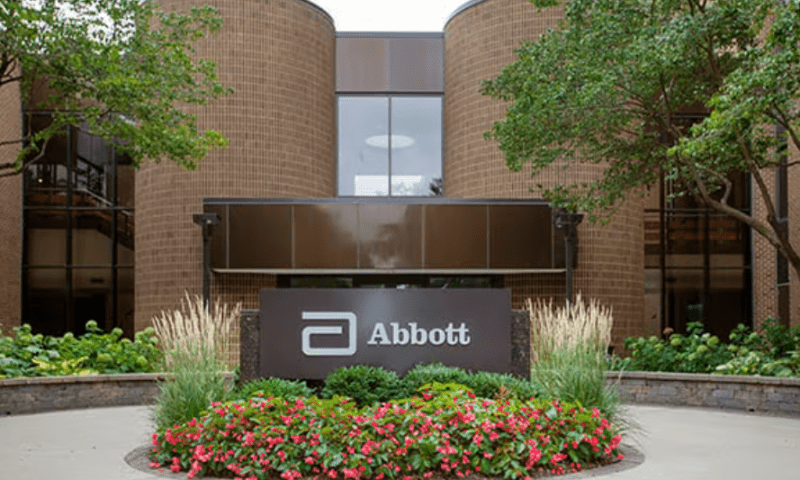Just a few months after upgrading its portfolio of recharge-free spinal cord stimulators with FDA approval for a new version of the technology, Abbott has done the same for its line of rechargeable neurostimulation devices.
Like the medtech giant’s other spinal cord stimulation systems, the Eterna system is designed to target symptoms of chronic pain. Abbott announced both the FDA approval and the U.S. launch of the device on Monday, labeling Eterna as its smallest rechargeable spinal cord stimulation implant yet.
Pedro Malha, vice president of Abbott’s neuromodulation division, added in the announcement that the implant also “provides the longest therapy between charges.” When operating under standard settings, the Eterna system requires recharging for either one hour per month or in three-hour sessions just five times per year, all using an included wireless charger.
Users can track their implants’ battery life and charging status using an accompanying mobile app. The app is currently compatible only with Apple devices—either a patient’s own or one provided by Abbott.
Spinal cord stimulation systems like Eterna center around a small device that’s implanted—as the technology’s name implies—near the spinal cord. From there, the device’s electrodes can emit electrical pulses aimed at interrupting the pain signals that travel through the nervous system to the brain.
Abbott takes a different approach to neurostimulation than many of its peers: Rather than sending out a constant stream of pulses, which can give users a sometimes-uncomfortable tingling sensation, recent models of Abbott’s spinal cord stimulators—including the Eterna system—are equipped with its low-dose BurstDR technology, which spaces out the pulses to mimic the natural rhythm of the brain’s own firing patterns.
According to the company, a head-to-head study showed that about 87% of patients prefer the milder, periodic pulses of BurstDR to traditional tonic stimulation. Meanwhile, in another study, the BurstDR pulses resulted in 23% greater pain reduction than other neurostimulators, Abbott noted in the announcement.
Though rechargeable spinal cord stimulators may carry higher sticker prices than their recharge-free counterparts, they’ll typically last longer, meaning patients can cut down on the number of surgical replacement procedures needed throughout their lifetimes. The rechargeable versions may also take up less space in the body, since they can operate using a smaller battery.
For those looking to avoid regular recharging sessions, however, Abbott recently ramped up its recharge-free neurostim offerings. The Proclaim Plus system—which was approved by the FDA in August—can stay implanted for up to 10 years without requiring a recharge or replacement, thanks in large part to the low-dose, less-frequent operation of the BurstDR technology.
Additionally, the Proclaim Plus device can target pain in up to six areas of the body at once. Throughout its decade in use, doctors can adjust those targets as needed, aided by Abbott’s FlexBurst360 tool to help them direct the neurostimulation therapy across the trunk and limbs and select the lowest possible dosages that will still be effective.

